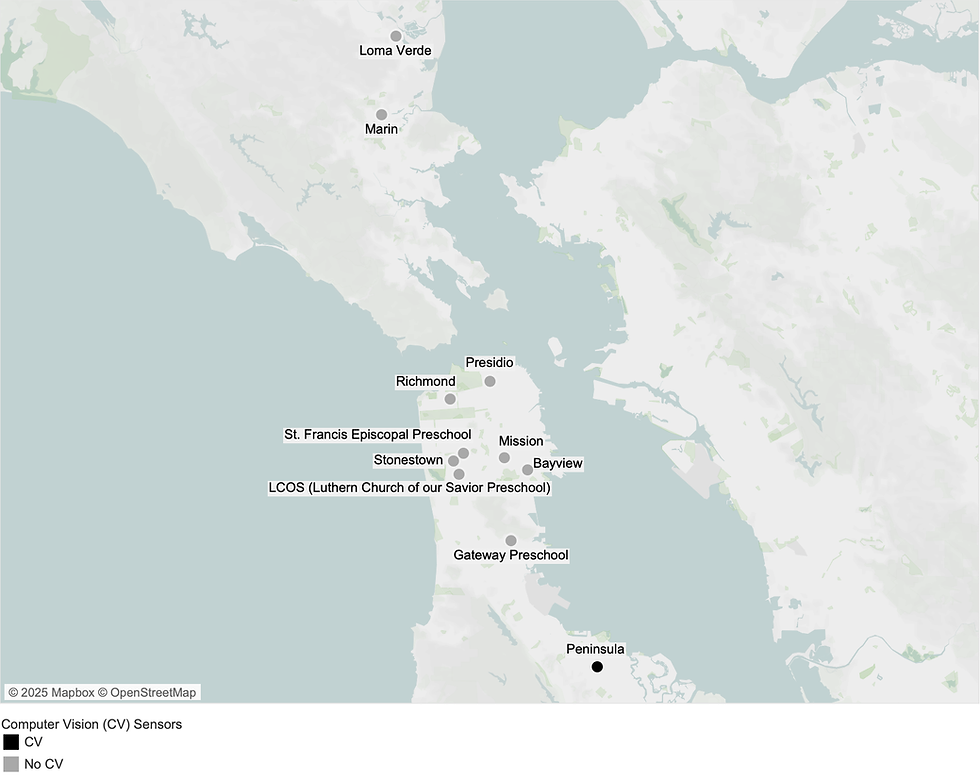How Sensors Have Helped to Solve Environmental Problems
- Signo Uddenberg

- Nov 27, 2021
- 1 min read
Updated: Oct 1, 2022

The Environmental Defense Fund published a recent article on the important role that sensors have in the protection of the environment. The main idea is that for humans, it’s hard to plan ahead or respond to threats that cannot be seen, heard or touched: for example, air or water pollution, toxic chemicals in products we use and others… Sensors are making this ‘invisible’, ‘visible’.
Let’s review 8 ways in which sensors can help solve environmental problems:
Sensors can help measure air pollutants. The insights that sensors can give are very important in order to create projects that help to improve the air quality. “EDF worked with then-Mayor Michael Bloomberg on a program called Clean Heat, which uses private financing to help building owners convert to cleaner fuel. Six thousand buildings have made the upgrade and now, New Yorkers breathe visibly cleaner air”.
Sensors can collect data, and data means smarter energy choices.”When the Texas Advanced Computing Center analyzed data generated by sensors, the center discovered a simple change to the direction of solar panel installation would increase efficiency”.
Sensors can help to control things that the human eye can’t, for example methane leaks. “Methane is responsible for one-quarter of the global warming we’re experiencing today. While you may associate methane with cows, leaks in our natural gas system are actually a huge source of methane emissions”.
MKThink is working with sensors in all of its projects to have good information to drive decision-making. Learn more by contacting us. Or to read more about today's article, click here: https://www.edf.org/card/8-ways-sensor-technology-addressed-environmental-problems?card=6




Comments